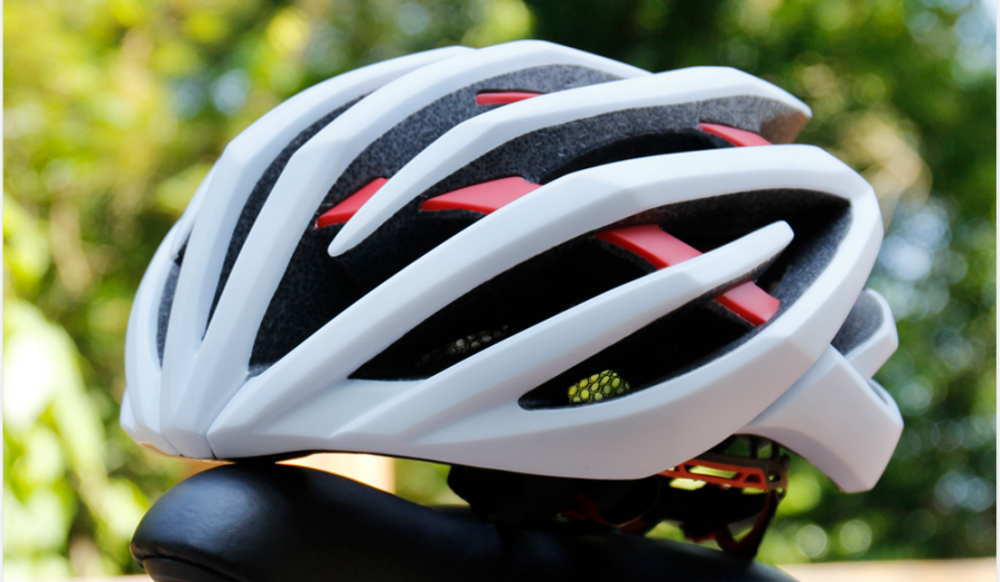
If you are reading an article on how to choose a bicycle helmet, you may not need to convince you to wear a helmet to protect your helmet. Whenever you ride, helmets are meaningful, and there are legal requirements in some places. In the United States, all helmets must meet the same impact protection standards, but when you shop, you may also need to consider some other things.
The following are the key factors when you choose a bicycle helmet:
The most important thing is to make sure you get a suitable helmet: an inappropriate helmet will affect the protection (and the willingness to wear a helmet), so choose the right size and adjust it appropriately.
Find a bicycle helmet that suits your riding style: The helmet category simplifies the selection process by guiding you to choose options that better suit your needs (but road helmets can be worn on dirt roads, mountain bike helmets can still be worn on roads). There are three basic types of bicycle helmets:
Recreational bicycle helmets are an economical choice that will provide basic impact protection for recreational riding.
Road bike helmets are designed to be lightweight, well ventilated and aerodynamic.
Mountain bike helmets are well ventilated, and most styles provide extended rear head coverage, because mountain bikers are more likely to fall backwards than road bikers.
Consider what special features you might need: Are new protection technologies and advanced designs (lighter, cooler, more aerodynamic) important to you? Do you need special features, such as a built-in stand for lights or sports cameras? Remember, these will increase the price of the helmet.
Bike helmet fits and is comfortable
When choosing a bicycle helmet, fit is crucial, because a poorly-fitting cover can actually affect the effectiveness of the collision. You wear it for every mile you ride, so you want it to fit comfortably.
To find the right size bicycle helmet, you must first measure your head circumference, because the helmet size is determined based on this.
To determine your head circumference, wrap a soft tape measure around the largest part of your head (about 1 inch above your eyebrows). Or, wrap a rope around your head and measure the length of the rope with a ruler
Bicycle helmet size parameters:
Extra small: less than 20″ (51cm)
Small: 20″–21.75″ (51cm–55cm)
Medium: 21.75″–23.25″ (55cm–59cm)
Large size: 23.25″–24.75″ (59cm–63cm)
Extra large: 24.75 inches (63 cm) or more
One size fits everyone: with a height-adjustable fitting system
How to adjust yourself
First, adjust the tightness. Many helmets have an adjustment wheel, you can fully open it to put the helmet on your head, and then rotate it until it fits. (However, the fit system is different-you can still find helmets that use interchangeable internal foam pads to adjust the fit.)
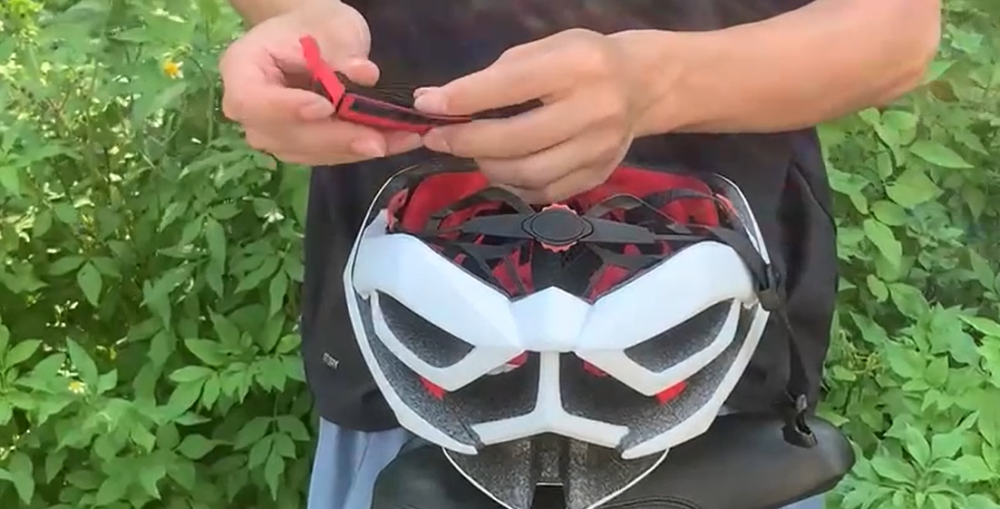
Next, buckle and tighten the chin strap. The shoulder strap should form a V shape when placed under each ear. (If they cannot form a comfortable V shape, adjust the buckle under each ear until they form.)
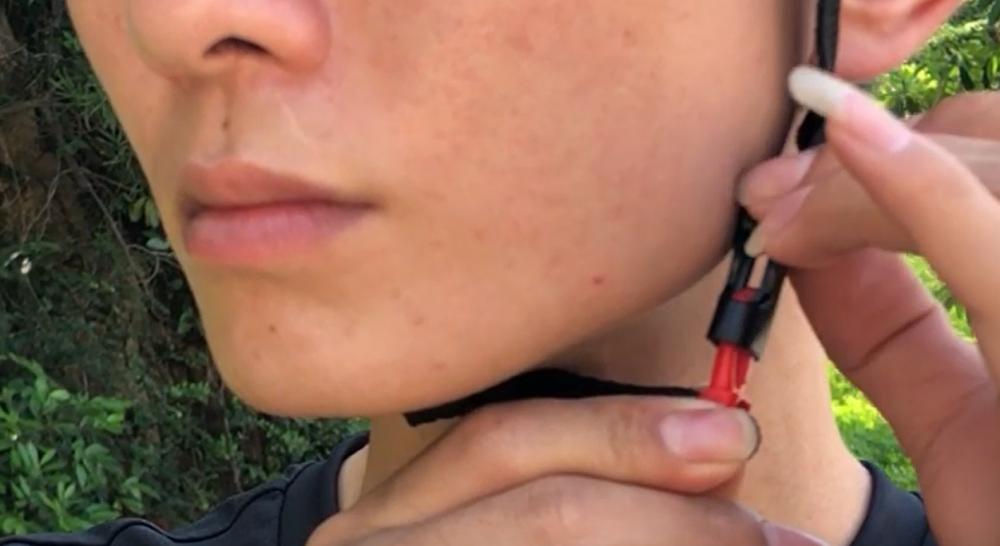
Finally, fasten the chin strap and open your mouth wide. When you do this, the helmet should press on top of your head. If not, please tighten the strap slightly and repeat. (Just don’t pull the strap too tightly until it becomes uncomfortable.)
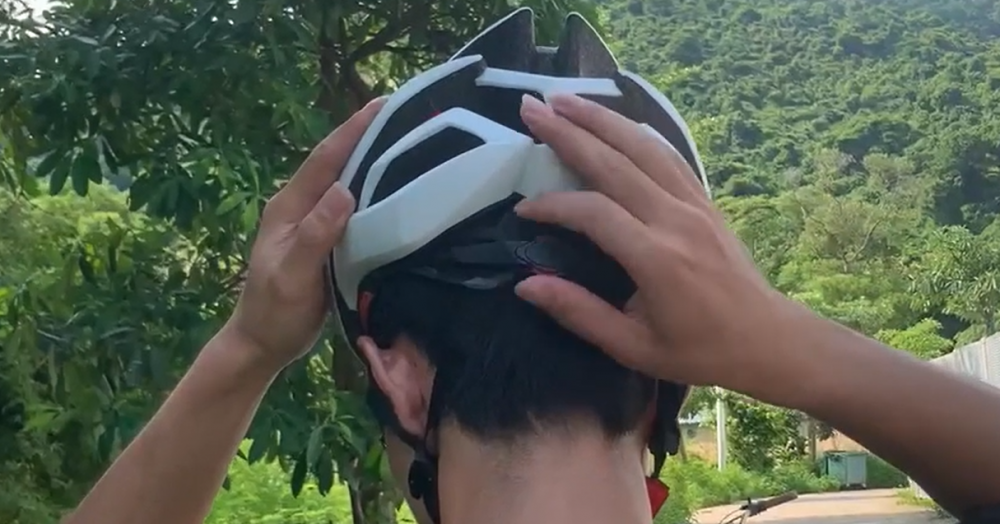
Additional tips for wearing bicycle helmets
Brand sizes vary: The sample sizes above vary by helmet brand, so be sure to double check the head circumference of the size you are considering. In addition, similar to shoes, brands use proprietary shapes to make helmet molds, so it’s best to try on helmets in stores to see if they fit your head shape. If it is not suitable, please ask the staff to debug in time
If your size is between the two, please choose the smaller size. Other options are to look at other helmet models or wear a riding cap or beanie to improve the fit of the larger helmet. Some adults with smaller heads can comfortably wear a child size.
A fitted helmet should fit snugly, but not too tight. It should lie flat on your head (do not lean back), with the front edge an inch or less above the eyebrows, so your forehead can be protected. Push the helmet from side to side and from back to front. If it moves significantly (one inch or more), you need to adjust the fit.
Choice of helmet protection
The main task of the helmet is to prevent the head from being injured by the impact of falling from the bicycle, and established tests have measured the effectiveness of the helmet in this regard.
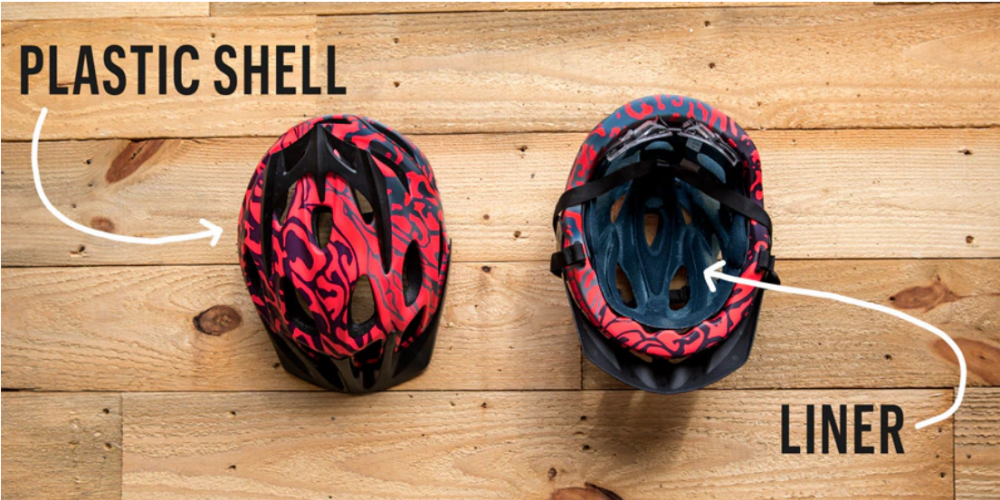
The protective part of the helmet consists of an integrated shell and lining:
The plastic shell of the helmet has a certain degree of puncture resistance and allows the helmet to slide when impacted (to protect your head and neck).
The inner lining of the helmet is made of expanded polystyrene foam (essentially high-grade expanded polystyrene); it protects your head by slowing down and dissipating impact.
We now know that rotational force can also cause brain damage, even if the damage is not so obvious. Therefore, helmet manufacturers have developed a wide range of technologies — all of which have different brands — to minimize the rotational force during a collision. If you often ride a bicycle or just want more peace of mind, you may decide that the additional costs of the following expertise may be worth considering:
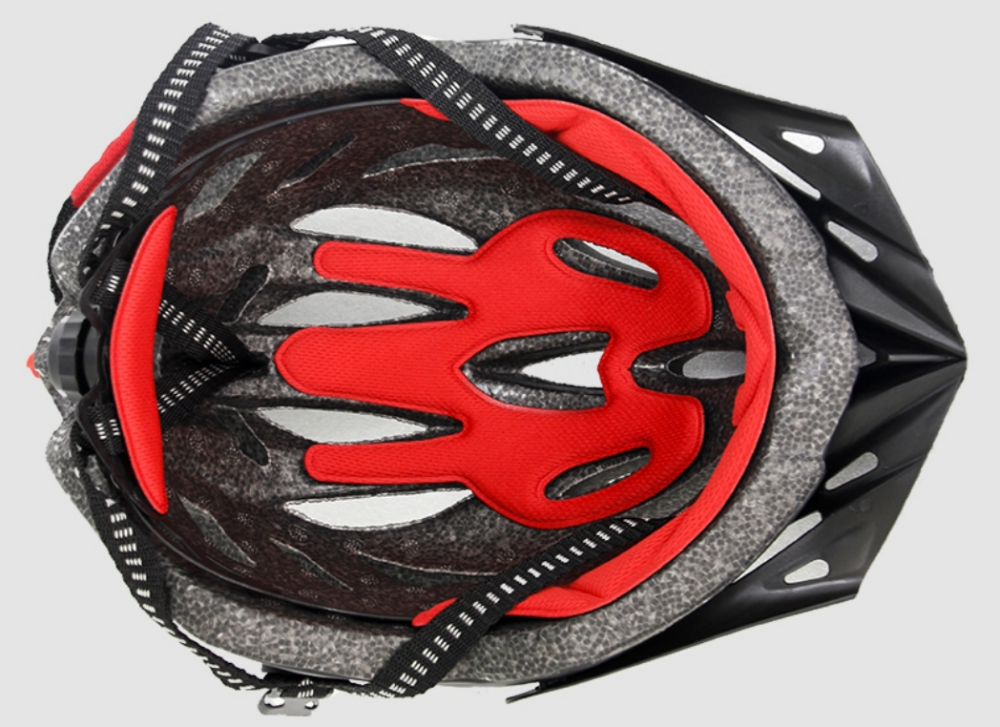
Hotebike多向冲击保护系统 (Mips) 技术,在许多品牌的头盔上都有发现,具有低摩擦层,通过允许冲击吸收泡沫衬垫在冲击过程中轻微旋转来改变旋转效果。
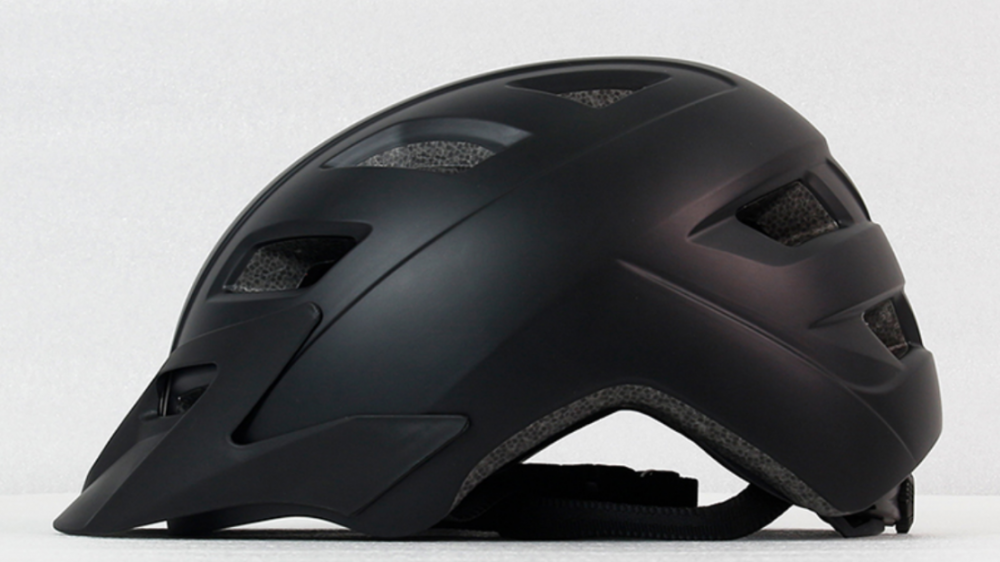
The choice of bicycle helmet function
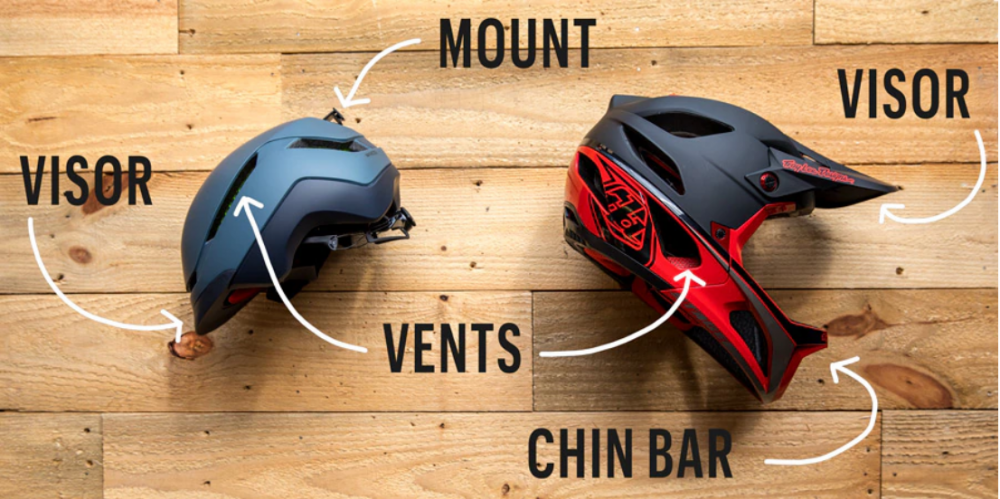
Ventilation: The helmet vent can increase the air volume above your head, keeping you cool and comfortable when riding. The more vents, the lighter the helmet.
Sun visors: Many riders like to have sun visors-they are common on mountain bike helmets.
Full face protection: Some mountain bike helmets have a wrap-around chin, which can provide face protection for downhill mountain bikes or racing.
Bracket compatibility: Some helmets are designed to allow you to snap into a bracket with an action camera or light (sold separately).
Driving helmet is the most important safety protection equipment when riding, there is no doubt about it! I hope that God will be with you when riding, but the actual situation is that the devil is always with you! If you wear a helmet correctly, it may save your life at the critical moment, provided that you have to choose the right helmet to play its role! Let’s first classify helmets briefly, which can be divided into four categories according to the sports scene and exercise intensity, namely commuter helmets, mountain half helmets, mountain full helmets and road helmets. NO.1 Mountain half helmet Mountain bike half helmet is a unified or general concept, because there are many mountain riding scenes, and the riding intensity corresponding to different scenes is different, so they use different helmets.
If you are interested in feelings, please give me an inquiry
 Shuangye ebike
Shuangye ebike
